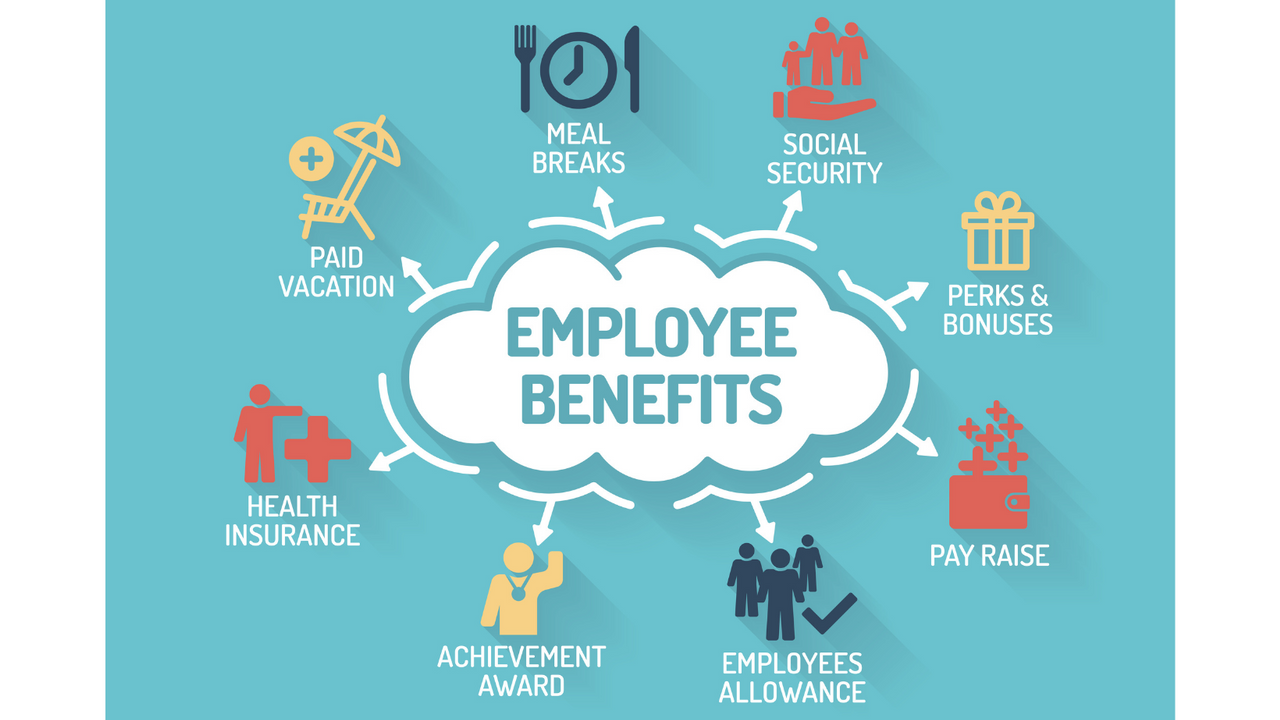Business done better: Triple Bottom Line Reporting

Traditionally, businesses have determined their success by measuring their bottom line, otherwise known as, “show me the money”! Sure, I get it, profits are easily measured, but we know that there is a lot more to a business than just the financials. What about the people, community, the environment and the company’s impact in all of these areas?
Why do we need more than one bottom line?
In the past decade we have started to see sustainability mentioned as a goal or purpose of many businesses, non-profits, and governments. As more and more people become aware of the environmental and social issues we are currently facing, demand for sustainable businesses is increasing. Conscious consumers want to give their business to companies that are mitigating their harmful effects and making positive contributions. And, it turns out that more and more people want to work for those types of companies too!
However, claiming to be sustainable means nothing if there is no way to measure sustainability. We know that sustainability means meeting our own needs without compromising the ability of future generations to meet theirs. This is achieved by taking the three pillars of sustainability into account: the environment, the economy, and society. Naturally, this same concept can be applied to businesses in order to measure how sustainable they are.
What is the Triple Bottom Line?
The Triple Bottom Line is an accounting framework that incorporates three dimensions of performance: social, environmental, and financial. These dimensions are also referred to as the 3Ps: people, planet, and profit.

This term was coined by John Elkington and his colleagues at SustainAbility, a strategy consultancy firm, in 1994. It has shown to be quite effective when used by businesses in order to measure just how sustainable they really are.
Social Bottom Line
The social bottom line is used to measure a business’ profits in human capital. How exactly can something like social capital be measured? There are a variety of ways that a business can measure its contribution to society. Some examples of a positive contributions a business might make include:
- Provision of jobs for the community
- Giving back to the community
- Liveable wages
- Health and dental benefits for employees
- Support of local initiatives
- Charitable contributions
- Pleasant working conditions
- Fair and beneficial labour practices
- Contributions to employee racial, gender and economic diversity
Basically, in order for a business to be sustainable, it needs to benefit the community and its employees. Otherwise, the employee turnover rate will be high and support from the community will be low.
Implementing a social bottom line means reviewing and adjusting a business’ policies and practices in order to maximize its positive contributions to its employees, customers, and community.
Environmental Bottom Line
 The smaller a business’ negative impact on the environment, the better! Businesses should be able to quantify their environmental impacts in order to measure their sustainability. These impacts should be considered through a business’ processes, products, or services.
The smaller a business’ negative impact on the environment, the better! Businesses should be able to quantify their environmental impacts in order to measure their sustainability. These impacts should be considered through a business’ processes, products, or services.
Environmental impacts are measured through managing, monitoring and reporting consumption and waste emissions, as well as the positive contributions they may be making through ecological restoration, replanting, and wilderness protection.

Variables for measuring a business’ positive contributions to the environment include:
- Renewable energy use
- Amount of material recycled
- Decreased greenhouse gas emissions
- Contributions to reforestation and restoration of natural resources
- Active removal of waste
Economic Bottom Line
Other than the obvious economic approach which involves maximizing profit, businesses should also consider how they are contributing to the wider economy. This is because businesses that help strengthen the economy will be able to continue their success in the future. Positive economic contributions include:
- Purchasing from local suppliers
- Stimulation of economic growth and spending through proper employee wages
- Investment in good quality products which do not create issues in other areas such as the environment
- Generating innovation
Resources to get us there
In order to be sustainable, businesses must consider each of the three bottom lines in every decision they make and every goal they set. Sustainably can’t be an afterthought, it must be implemented every step of the way.

Although the criteria for proper implementation of sustainability measures can be quite abstract and tough to conceptualize, there are resources out there to help! For example, the Global Reporting Initiative (GRI) is a globally recognized index which provides widely used standards for sustainability reporting. This allows businesses to be more transparent and take responsibility for their impacts.
Other great resources include the B Impact Assessment tools which can be accessed for free. These assessments will provide a business with a holistic look at how they score in terms of their impacts on their workers, community, environment and customers. Customized improvement plans can also be utilized as well in order to help businesses implement the changes required in order to become more sustainable.
Working for the future!
Do you find this as exciting and cool as I do? Did you know that there are thousands of great jobs in this field? Perhaps this is of interest to you. Working with large organizations towards the goal of greening them from the inside is a pretty great way to make a living and change the world for the better! Check out your local University or College for information on degrees and diplomas for Environmental Practitioners.
Stay connected with news and updates!
Join my mailing list to receive the latest news and updates. Your information will not be shared.

